Stewardship that Pays
Across the ranching landscape, hunting enterprises are proving their added value in profitability, sustainability and meaningful land stewardship.
What if the land you manage could do more than just feed livestock? By integrating recreational hunting and fishing into their regenerative grazing operations, ranchers like Michael Vance, John Phelan and Jennifer Hernandez are building healthier land, stronger communities and more profitable bottom lines.
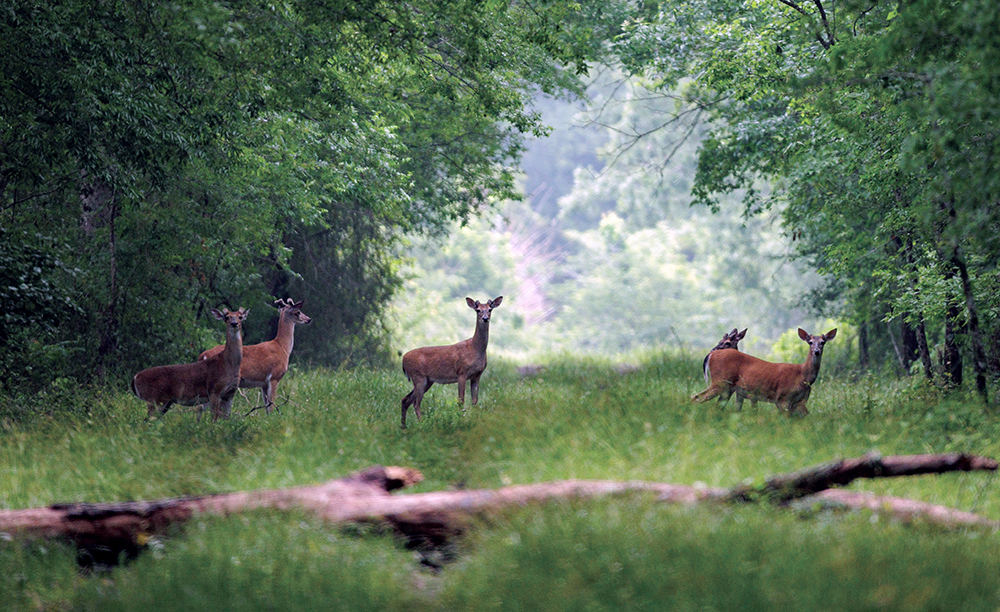
Educating through experience: Michael Vance
Michael Vance manages a regenerative ranching operation near Palestine, Texas, alongside his family, raising Red Angus cattle primarily for seedstock while also producing grass-fed beef. His philosophy is rooted in the idea that cattle management and wildlife conservation can and should work hand in hand, enhancing ecosystems to support thriving populations of deer, turkeys, quail, geese and other wildlife.
“We’ve been ‘regenerative’ for over a decade — since before it was cool,” Vance says. “For the past 15 years, we’ve really tried to operate as an ecosystem.”
For Vance, hunting is more than an extra profit stream. It’s a way to bring people back to the land and to reconnect them with something many have lost.
“The biggest issue in the entire world right now, in my opinion, is that people are not connected to dirt,” he says. “It’s our responsibility as landowners and land managers to create those opportunities.”
Hosting hunters allows Vance to offer that opportunity firsthand. Visitors experience not only the abundance of wildlife but also the health of a landscape managed through regenerative management practices. Often, he’s found that these experiences make an impact.
“Usually, my hunters are the first ones that ask for our grass-fed beef,” he says. “They see how we’re operating and they’re like, ‘We want beef off of this operation.’”
He encourages ranchers to think outside the box about offering hunting experiences, moving beyond traditional leases or outfitters.
“Even if a rancher hosts just two people a year, it’s an easy way to build valuable relationships without much effort,” he says. “It doesn’t have to be about trophies, but the experience.”
That firsthand exposure not only builds trust but can change perceptions.
“I’ve had people come in thinking you have to feed deer to have big horns,” he says. “But when they get here and see how we operate, they realize there’s so much food naturally, they see more deer than ever.”
The benefits of Vance’s ecosystem-focused management stretch beyond just wildlife numbers. His grazing and cover-crop strategies have even improved the quality of the game itself.
“We planted 2,000 acres of cover crops, essentially food plots, and we’re seeing better flavor in the wild pigs because they’re grazing regenerative plants,” he says. “It’s a high-value protein without any extra inputs.”
As his operation’s reputation has grown, so too have the opportunities. Landowners nearby have taken notice, opening doors for Vance to expand the ranch’s grazing footprint.
“We have people calling us saying, ‘If you find property next to you, we’ll partner with you and let you graze it free because we realize you can manage our deer,’” he says. “There’s so much value ranchers may be missing.”
For Vance, it’s about creating lasting impact.
“We need to build relationships,” he says. “Our hunting needs to bear fruit, again, not just in trophy size, but in healthier ecosystems, better experiences and stronger connections.”
Through every hunt and handshake, Vance is helping bridge the gap between people and the land, leaving both better than he found them.
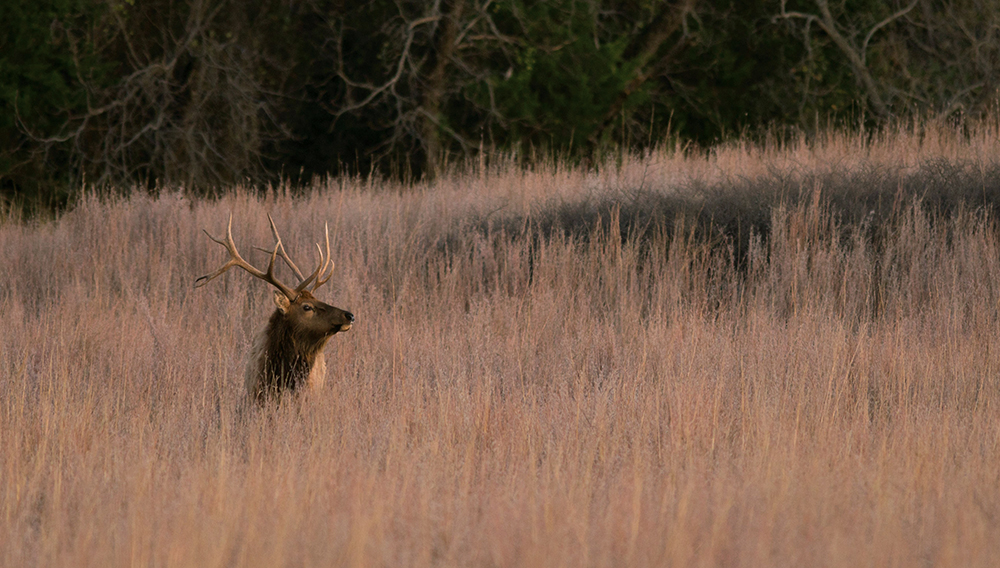
Opportunity through integration: John Phelan
John Phelan’s ranching journey began with his father’s purchase of land near a wildlife refuge, a decision that would shape Phelan’s view of land management for decades to come. Over the years, Phelan’s operation, outside Mountain Park, Oklahoma, grew to include raising cattle and sheep as well as offering elk hunting, demonstrating how traditional ranching practices and recreational enterprises can work together.
Initially, offering hunting access wasn’t part of his original business strategy. It began as a casual opportunity that presented itself naturally.
“I had some folks interested in paying to hunt,” Phelan says. “It seemed like a good idea to let people hunt who were willing to pay. It helped us know who was out there and turned into a real business opportunity.”
What started as a side venture quickly developed into a successful enterprise. Phelan transitioned from simple, informal leases to fully guided elk hunts, managed by a dedicated guide, expanding his income potential without adding extra work to his plate.
One of the biggest advantages, Phelan says, has been the ability to manage his grazing and wildlife habitats strategically. By integrating adaptive grazing with his hunting operation, he can move livestock in ways that benefit both the health of his land and the success of his hunts.
“You can stay out of the hot spots where the hunting is best,” he says. “On my lease place, I can completely destock during hunting season to give hunters the best experience.”
The financial impact has been significant. His hunting enterprise provides an additional income stream that supports the ranch’s long-term stability. Beyond the revenue, it has simplified property management and eased day-to-day operations.
“It’s made all the difference as far as being able to stay in business and take care of my country,” he says. “Having another source of income sure helps.”
Still, Phelan emphasizes that simplicity has been key to making it work.
“We learned we’re not necessarily interested in a bed-and-breakfast-type hunting operation. Keeping it simple has worked for us.”
By aligning his grazing management with wildlife needs, Phelan has created a more resilient and profitable ranch. For those considering a similar path, his advice is straightforward: “Don’t spend much on infrastructure initially. Electric fencing technology is affordable and easy to move. Just start small, allow grass recovery and grow into it gradually.”
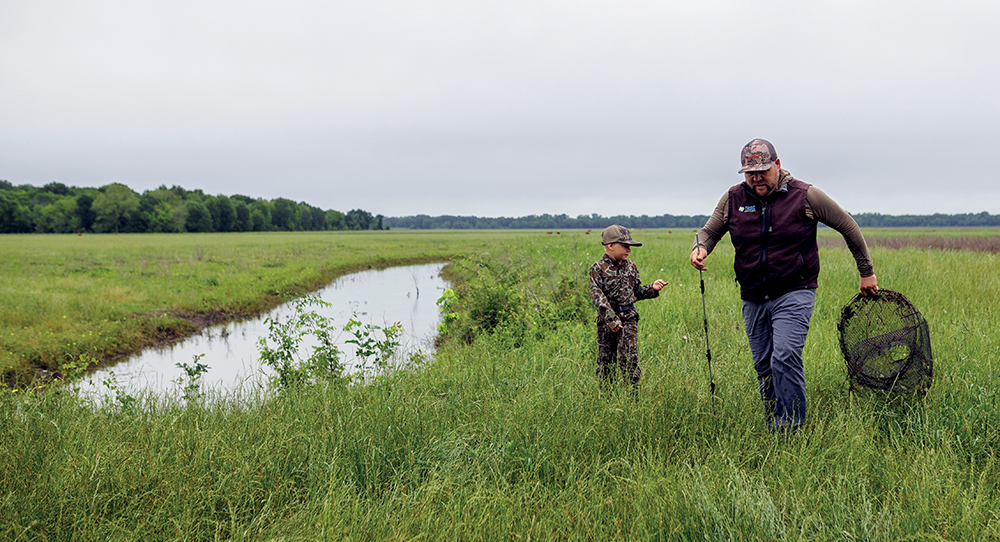
Low effort, high reward: Jennifer Hernandez
At 3J Farms OK in Blanchard, Oklahoma, adaptability has been part of the story from the beginning. Managed today by Jennifer Hernandez and her husband, Luis, the farm has evolved through the years. It began as a dairy in 1977 before the Hernandezes expanded into stockers and a cow-calf operation, with adaptive grazing, greenhouse gardening and Airbnb agritourism.
Most recently, the family added hunting and fishing opportunities, finding yet another way to diversify without stretching their resources too thin. The decision to offer hunting access came from a growing need to better manage guest activity on the property.
“People want to fish all the time, especially during the greenhouse season,” Hernandez says. “I wanted to allow people to fish, but we needed something to help manage that.”
She first heard about LandTrust, a service that connects landowners with outdoor enthusiasts, while listening to a podcast.
“I learned about LandTrust, and since we’d already had a great experience with Airbnb, I thought we’d give it a try,” she says. The partnership turned out to be a smart move, giving the Hernandez family their time back while LandTrust handles most of the logistics for visitor booking, making the process simple.
For Hernandez, integrating hunting into the operation made sense because it naturally complemented the way they already managed the land.
“Managing resources — specifically your grass and soil health — tends to naturally create good wildlife habitat,” she says. Beyond land management benefits, adding hunting access made solid business sense.
“Hunting is a missed opportunity for many farmers and ranchers,” she says. “It has minimal added inputs and is very profitable.”
The returns came quickly, Hernandez recalls, pointing out a practical example.
“We have deer hunters booked for this fall, two hunters over six days, and that’s going to bring in about $2,100,” she says. Similarly, she says, duck hunting is relatively easy to manage and can generate substantial income.
Their adaptive cattle management practices also help keep livestock and hunters safely separated, allowing both enterprises to operate without conflict.
“Because of the way we manage cattle, we can always ensure that hunters have their space and cattle have theirs, even on the same property.”
Her husband’s experience with and observations during adaptive grazing have played a major role in making sure guests have successful outings.
“Luis knows exactly where the deer go,” she says. “He’s not hunting them, but he knows their patterns. That’s a huge advantage for our guests.”
Looking ahead, Hernandez sees opportunities to expand the enterprise but remains focused on keeping things simple at the start.
“Hunters appreciate blinds or stands, and as the enterprise grows, we’ll invest in those,” she says. “But we don’t need to initially. It’s profitable from the start.”
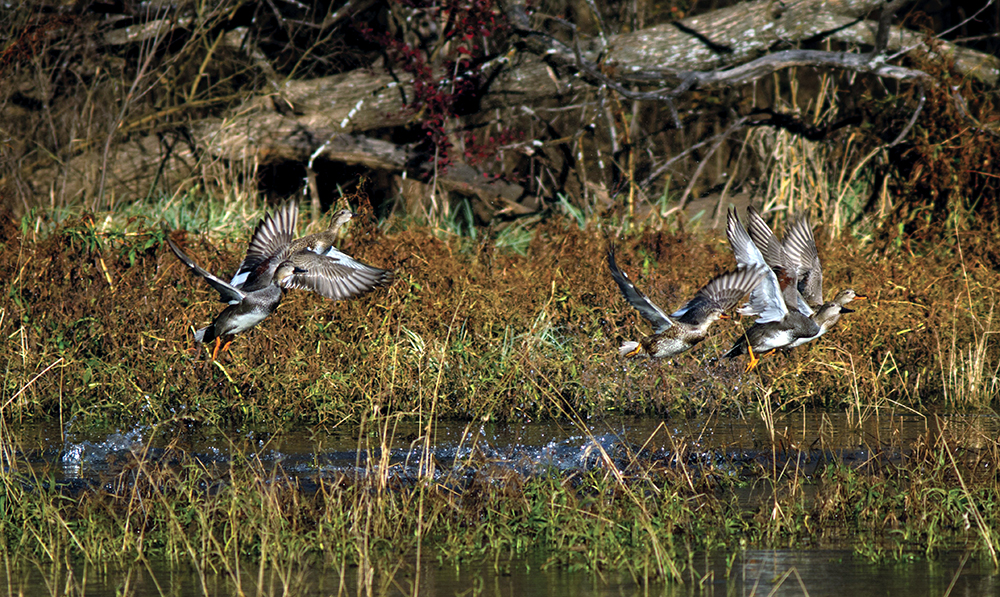
Diversification’s true value
Vance, Phelan and Hernandez may each have unique approaches to their hunting enterprises, but their goals converge around a simple idea: sharing the land with hunters strengthens both the ranch and the community.
Hunting enterprises, whether focused on profit, education or both, help ranchers maximize the value of their land — not just financially but socially and ecologically. Integrating hunting into ranching isn’t just diversification, it contributes to responsible stewardship and connections with the public.
As Vance puts it, “When someone criticizes cattle ranching’s environmental impact, I want someone else there saying, ‘Wait, I’ve seen regenerative ranching firsthand, and that’s just not true.’ Ranchers can create these connections. Hunting provides that chance.”
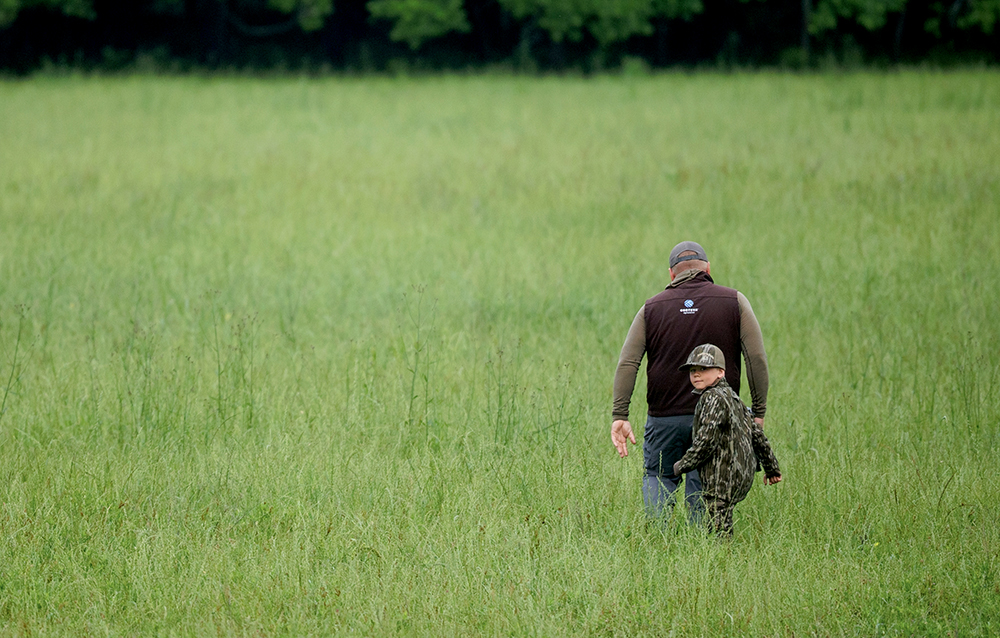
Thinking about diversifying with hunting? Keep these tips in mind:
1. Start simple
You don’t need major infrastructure investment. Electric fencing and clear access points are enough to begin. Focus first on land management and guest expectations.
2. Match grazing to wildlife
Strategic, adaptive grazing naturally improves wildlife habitat. Rest key areas during hunting seasons to support healthy populations.
3. Pick the right model
Direct leases, guided hunts or platforms like LandTrust each offer different levels of control and effort. Choose what fits your operation.4. Grow smart
Start small and build amenities like blinds only as demand grows. Profitability often comes from keeping things simple.
Comment
Leave a Reply
2 comment on: "Stewardship that Pays""

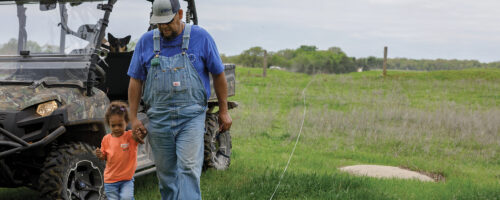
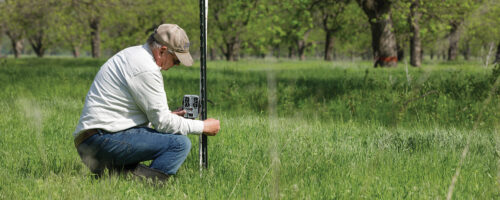
Susan G
September 23, 2025We have created a great fishing environment on our 7 acre lake on our Texas property, but have not been able to find insurance that will cover agritourism. Any suggestions?
Kayla, Noble Research Institute
September 26, 2025Susan, it’s great to hear about your success with your large pond! I’m not sure which type of agritourism insurance you’re seeking—whether to protect your property or to cover liability—but unfortunately, I don’t have direct recommendations or personal experience with specific providers. Within Texas, I found a few agencies that might offer the kind of coverage you’re looking for: MFI Agency, Legacy Insurance Advisors, and TAGA (via Risk Placement Services). You might also want to look into the Texas Agritourism Act, if you’re not already familiar with it, as it can provide some liability protections for property owners.
Although I mentioned these agencies, it does not mean we are endorsing or vouching for their reputation. This isn’t legal or insurance advice, so it’s a good idea to research providers and their offerings carefully before making any decisions.